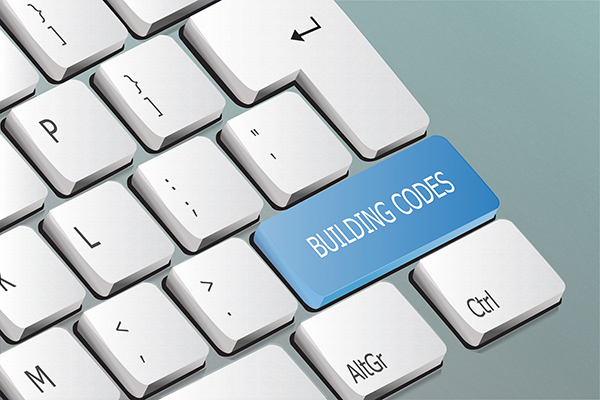Most people don’t think about the United States in this way, but it’s essentially 51 different countries (including the District of Columbia). About the only thing they all agree on is that you don’t need a passport to travel between them.
When it comes to construction, every state uses a different variation of the building code, including deviations, or different year combinations, of the I-Codes. There are also city or county-level code variations within some states. For companies that do one-off, local projects, this isn’t a problem because they know their local code requirements. However, if you are a factory that manufactures and ships modules to 13 states, things get complicated fast.
Now imagine a factory that supports both commercial and residential projects. That means supporting both the International Residential Code and the International Building Code on the same manufacturing line.
Client bases also differ. The goal of offsite construction is to use manufacturing to produce high-quality products more efficiently and cost-effectively. In a typical manufacturing enterprise, efficiency and speed are gained by making (essentially) the same thing over and over. For instance, auto makers’ option packages may make you feel that your car is customized, but it’s not. Cars in any given model are all the same, with just minor variations.
By contrast, each offsite volumetric modular manufacturer must adapt to a particular client base. For example, most modular manufacturers in the Northeast have gotten very good at custom work for small-volume builders. (The average builder member of the National Association of Home Builders builds just five homes per year.) They learned to manufacture custom homes very well in order to get market share.
But custom manufacturing is expensive. When those factories try to bid on commercial or multifamily projects, their cost structures don’t effectively support successfully taking on that type of business.
The truth is, it’s easier for a new factory to start with a targeted customer than for an existing factory to adapt to a new one. For example, Marriott orders its modular hotels with furniture, fixtures and equipment as part of the contract with the factory. But when Marriott first started building modular, many of the first factories that bid for their work found out that their systems and business models weren’t conducive to it.
Apartment owners, colleges, hotel franchises, as well as practically every home builder in the US, are facing the same issues that led Marriott to modular construction — a shortage of skilled construction workers. This may sound like the perfect storm for offsite construction, but it’s complicated by the fact that the industry must absorb a very diverse group of customers across all states and across multiple building codes. This, in and of itself, is a heroic effort!
What is now the niche industry of offsite construction must adapt to its growing success. It must find ways to support a diverse group of customers and do it efficiently and effectively.
In addition, if the construction industry is to maximize the use of manufacturing, states and the Federal government must make building codes more manufacturing-friendly. Better codes will be essential to offsite’s future.

















